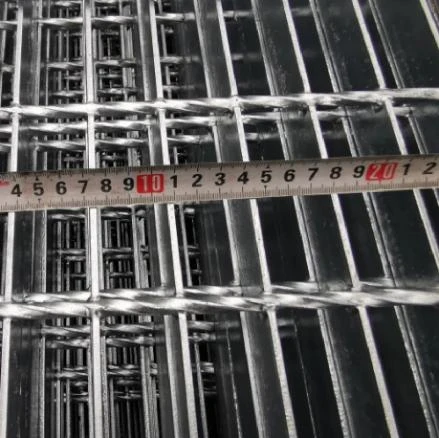Navigating the world of gabion boxes requires understanding not just the technical specifications but the broader context of their practical applications and benefits. As a seasoned industry expert, I can assure you that gabion boxes stand out for their versatility, durability, and environmental friendliness. They are indispensable in construction and landscape architecture, serving as essential components for erosion control, retaining wall systems, and aesthetic enhancements.

Gabion boxes, primarily composed of stone-filled wire mesh baskets, offer a dynamic solution by combining durability with flexibility. The mesh is typically manufactured from galvanized steel wire, offering superior resistance to weather-related wear. This is crucial for outdoor installations, where the materials must withstand the elements over extended periods.
Specifications for gabion boxes generally include size, mesh type, and wire coating. Standard sizes range from 1m x 1m x 1m to 5m x 1m x 1m, with custom sizes available for specific project requirements. The mesh opening is another essential specification, usually available in 60mm x 80mm or 80mm x 100mm, depending on the level of support and durability needed.

Wire thickness is typically between 2.5mm to 3.5mm. Choosing the correct thickness ensures that the gabion box can bear the required load and resist deformation. For regions with extreme weather conditions, stainless steel wire may be an advisable upgrade, given its superior resistance to corrosion.
The importance of coating cannot be overstated. Common coatings include galvanized, PVC, and Galfan® (a zinc-aluminum alloy coating). Galvanized coatings provide a decent layer of protection against corrosion, but in harsher climates or for extended durability, Galfan® offers an enhanced protective layer that significantly extends the lifespan of the gabion structures.
Incorporating gabion boxes into a project also demands consideration of the fill materials. Though the traditional choice is angular stone, recycled materials such as concrete blocks or crushed rock can be a sustainable alternative. The fill material must be consistent, durable, and fit within the mesh openings, ensuring optimal performance from the gabion box.
gabion box specifications
For erosion control, the practical application of gabion boxes can greatly mitigate soil erosion along waterways. Their effective integration into riverbanks or coastlines helps stabilize the soil, protecting the environment from degradation over time. The porosity of the structures allows water to pass through, reducing hydrostatic pressure and minimizing potential damage.
In retaining wall systems, gabion boxes offer an eco-friendly solution compared to traditional concrete walls. Their ability to blend seamlessly with the natural environment while providing structural integrity makes them a preferred choice for modern landscape and civil engineering projects. The flexibility of the wire mesh allows the structure to settle without fracturing, an essential feature in areas prone to minor seismic activity.
From the perspective of aesthetics, gabion boxes offer unique design possibilities. Architectural innovations enable these structures to serve as visual highlights in both public and private spaces. By combining different stone colors and even integrating plantings, designers can achieve attractive, functional structures that harmoniously blend with their surroundings.
To maintain their structural integrity and appearance, periodic inspections and maintenance of gabion boxes are recommended. Checking for signs of wear or corrosion, particularly in harsh environments, ensures longevity and effectiveness. Such diligence underscores the importance of reliability and trustworthiness in using gabion boxes as foundational elements in construction and landscaping projects.
In conclusion, gabion boxes embody a blend of practical engineering and sustainable construction principles. Their specifications, if precisely adhered to, ensure successful implementation across various applications, fulfilling both aesthetic and functional demands. This unique combination underscores why gabion boxes remain a cornerstone in creating resilient, environmentally responsible structures that stand the test of time.























